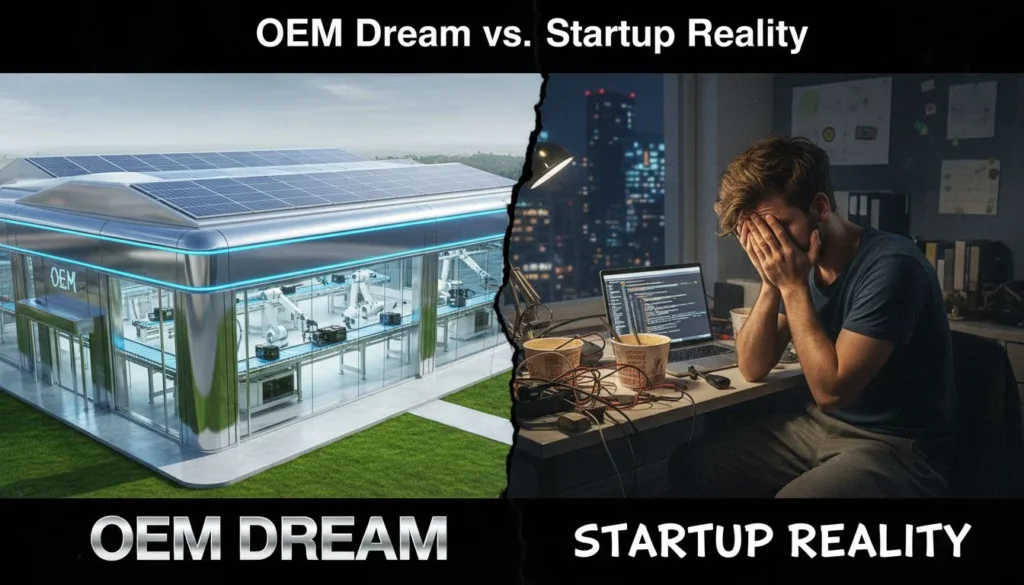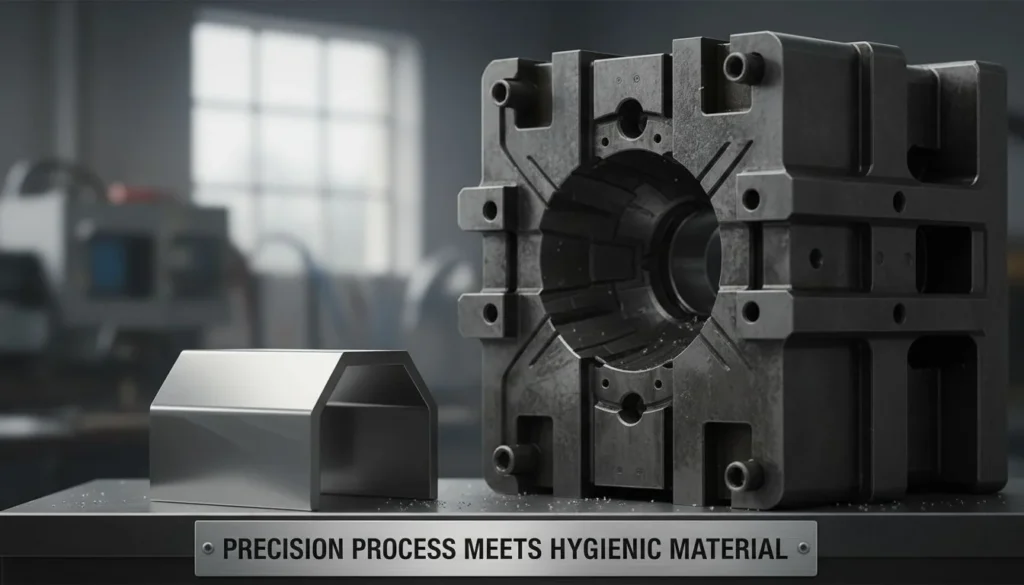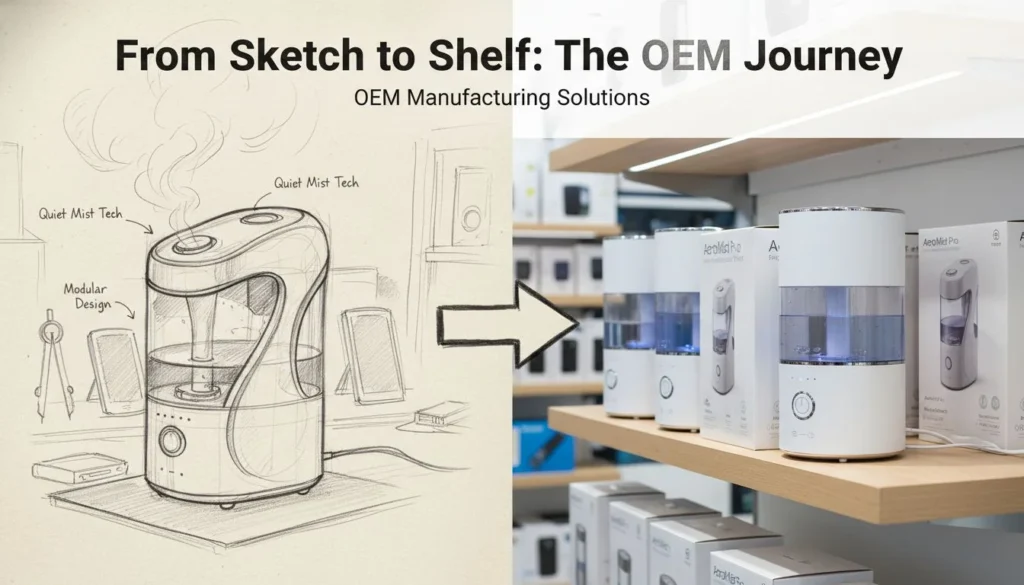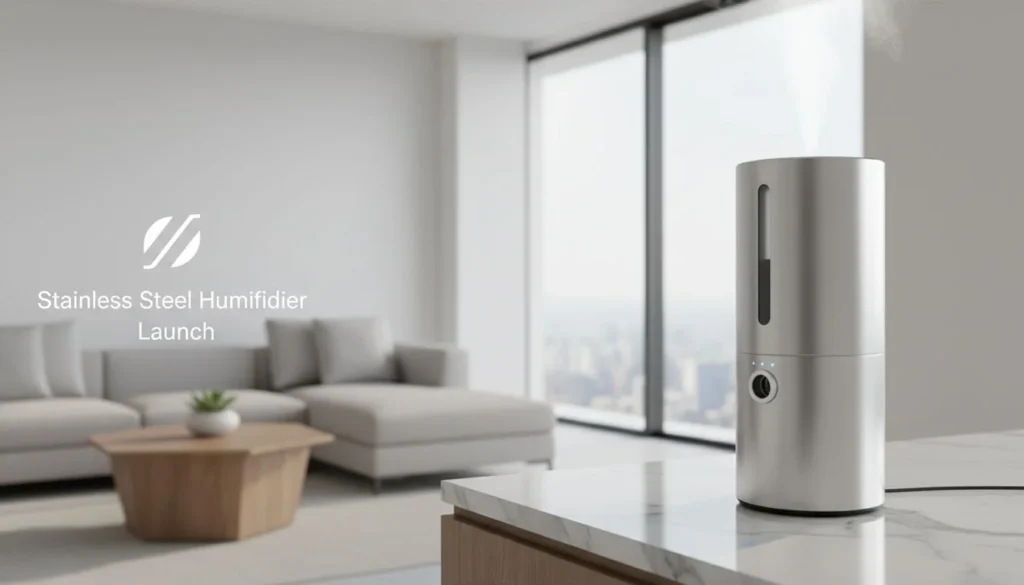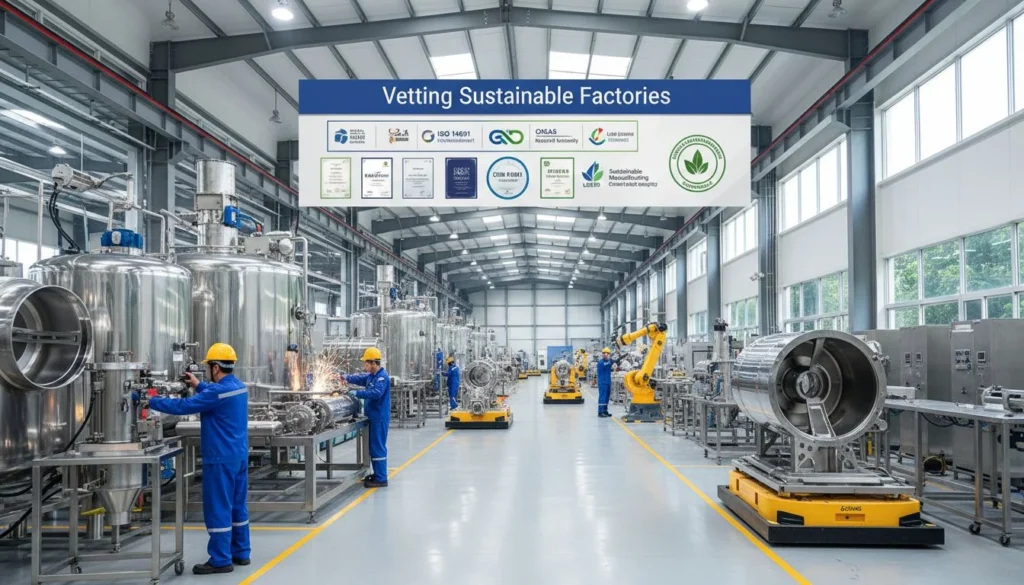What Are the Future Trends Shaping the Humidifier Industry?
Have you ever wondered what the next generation of humidifiers will look like? As someone deeply immersed in the indoor air quality industry for over two decades, I've witnessed remarkable transformations in humidifier technology and market dynamics.
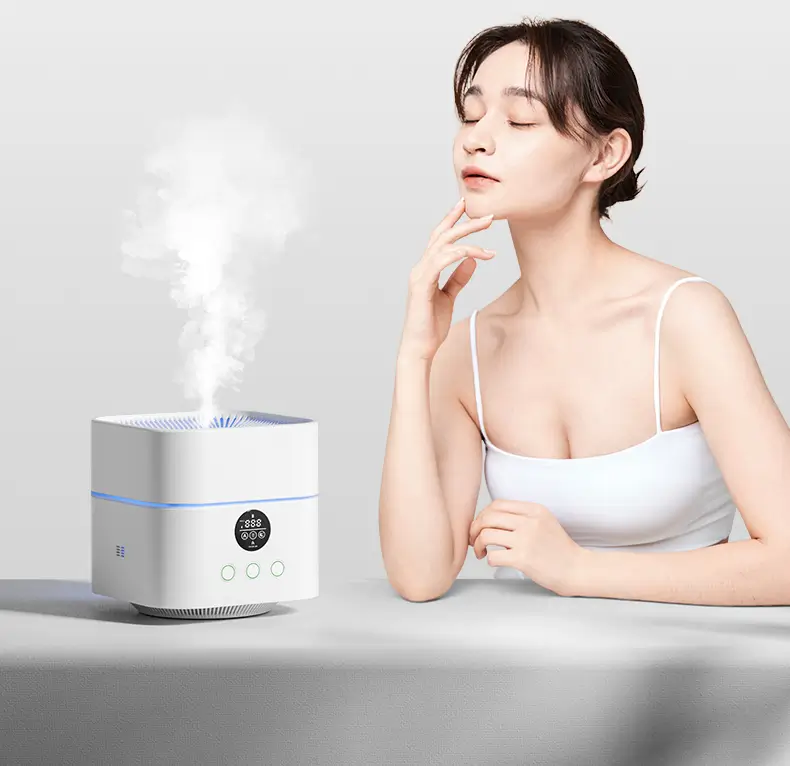
가습기1 have become essential devices in millions of homes worldwide, particularly in regions with dry climates or during winter months when heating systems significantly reduce indoor humidity. In the United States alone, the demand for effective humidification solutions continues to grow steadily as consumers become increasingly aware of the health benefits of properly humidified air.
However, the humidifier market has undergone significant changes in recent years. The proliferation of online marketplaces like Amazon has intensified competition, driving prices down and making these devices more accessible than ever. This price-driven competition has created both challenges and opportunities for manufacturers and brands seeking to differentiate themselves in an increasingly crowded marketplace.
As factories themselves enter direct-to-consumer channels, understanding emerging trends becomes crucial for anyone involved in the humidifier industry—whether you're a retailer, distributor, or brand owner. The future success of humidifier products will depend not on price competition alone, but on embracing innovative technologies and features that address evolving consumer needs and preferences.
In this article, I'll share my insights on the five key trends that will shape the future of humidifier products, based on my extensive experience working with leading brands across North America, Europe, and Asia. These trends represent not just incremental improvements but fundamental shifts that will redefine what consumers expect from their humidification devices in the coming years.
Let's explore how these emerging trends will transform the humidifier industry and create new opportunities for brands that are prepared to innovate and adapt.
Why Is Evaporative Technology Becoming the Preferred Choice Over Ultrasonic?
When was the last time you cleaned your humidifier? If you're like most people, this essential maintenance task often gets overlooked—and that's precisely why the humidifier industry is experiencing a significant shift in technology preferences.
Evaporative technology2 is rapidly emerging as the preferred choice over traditional ultrasonic humidifiers, driven by growing consumer awareness about hygiene and maintenance issues.
This shift represents one of the most important trends reshaping the future of humidifier products.
Understanding the Limitations of Ultrasonic Technology
For years, ultrasonic humidifiers have dominated the market due to their quiet operation and energy efficiency. These devices use high-frequency vibrations to break water into a fine mist that's released into the air. However, this technology comes with significant drawbacks that are becoming increasingly apparent to consumers.
The primary concern with ultrasonic humidifiers3 is their tendency to create bacterial and mold issues when not properly maintained. The water reservoirs in these devices can become breeding grounds for microorganisms, which are then dispersed into the air along with the water vapor. Additionally, when used with tap water, ultrasonic humidifiers often release "white dust"—mineral particles that can settle on furniture and potentially affect indoor air quality.

The Advantages of Evaporative Humidification
Evaporative humidifiers offer a more natural approach to adding moisture to the air. They work by passing air through a moistened wick or filter, allowing water to evaporate naturally into the environment. This process closely mimics nature's own humidification method and brings several key benefits:
- Self-regulating humidity levels: Evaporative systems naturally slow down as humidity increases, helping prevent over-humidification
- Reduced bacterial concerns: The evaporation process itself helps eliminate many waterborne pathogens
- No white dust: Since minerals don't evaporate with the water, these systems don't disperse mineral particles
- Lower maintenance requirements: While filters need periodic replacement, the overall cleaning needs are typically less intensive
| 기능 | Ultrasonic Technology | Evaporative Technology |
|---|---|---|
| Operating Principle | High-frequency vibrations create water droplets | Air passes through moistened filter/wick |
| 소음 수준 | Very quiet | Moderate fan noise |
| 에너지 소비량 | 낮음 | 보통 |
| Mineral Dust | Yes (with tap water) | 아니요 |
| Bacterial Growth Risk | 더 높음 | Lower |
| 유지 관리 | Frequent deep cleaning required | Regular filter replacement |
| Humidity Control | May over-humidify | Self-regulating |
Consumer Awareness Driving Market Shifts
The growing preference for evaporative technology reflects increasing consumer awareness about indoor air quality and health considerations. As more people understand the potential issues associated with poorly maintained ultrasonic humidifiers, they're seeking alternatives that offer peace of mind along with effective humidification.
At HisoAir, we've observed this trend accelerating among our B2B clients, particularly those serving health-conscious consumer segments. Brands focusing on premium positioning are increasingly specifying evaporative systems4 in their product requirements, recognizing that the additional cost is offset by improved customer satisfaction and reduced support issues related to maintenance and cleaning.
The Future of Humidification Technology
Looking ahead, we can expect continued innovation in evaporative humidification technology, with manufacturers focusing on:
- Enhanced filter materials that require less frequent replacement
- Improved energy efficiency to match ultrasonic systems
- Quieter operation through advanced fan design
- Smart features that monitor filter condition and alert users when replacement is needed
For businesses in the humidifier industry, embracing this shift toward evaporative technology represents an opportunity to differentiate products and address growing consumer concerns about health and maintenance. As awareness continues to spread, we anticipate evaporative systems becoming the standard for premium humidifier offerings across global markets.
How Will Stainless Steel Water Tanks Replace Plastic in Future Humidifiers?
Are you concerned about the materials that come into contact with the water in your humidifier? This question is becoming increasingly important to consumers worldwide, driving one of the most significant material transitions in humidifier design.
Stainless steel water tanks are poised to replace traditional plastic reservoirs5 in premium humidifiers, representing a key trend that will reshape product development in the coming years. This shift is driven by both practical considerations and growing consumer awareness about potential health implications.
The Limitations of Plastic Water Tanks
Conventional humidifiers typically feature plastic water reservoirs due to their low cost and lightweight properties. However, these plastic tanks present several challenges that impact both performance and user experience:
- Bacterial growth: Plastic surfaces can develop microscopic scratches over time that harbor bacteria and biofilm, making thorough cleaning difficult
- Potential chemical leaching: Some lower-quality plastics may release trace chemicals into the water, particularly as they age
- Durability concerns: Plastic tanks can become brittle or develop cracks after repeated use and cleaning
- Aesthetic limitations: Plastic tanks often develop stains and discoloration that affect the device's appearance
These issues have become more apparent as consumers grow increasingly conscious about the materials used in products that affect their indoor environment and potentially their health.
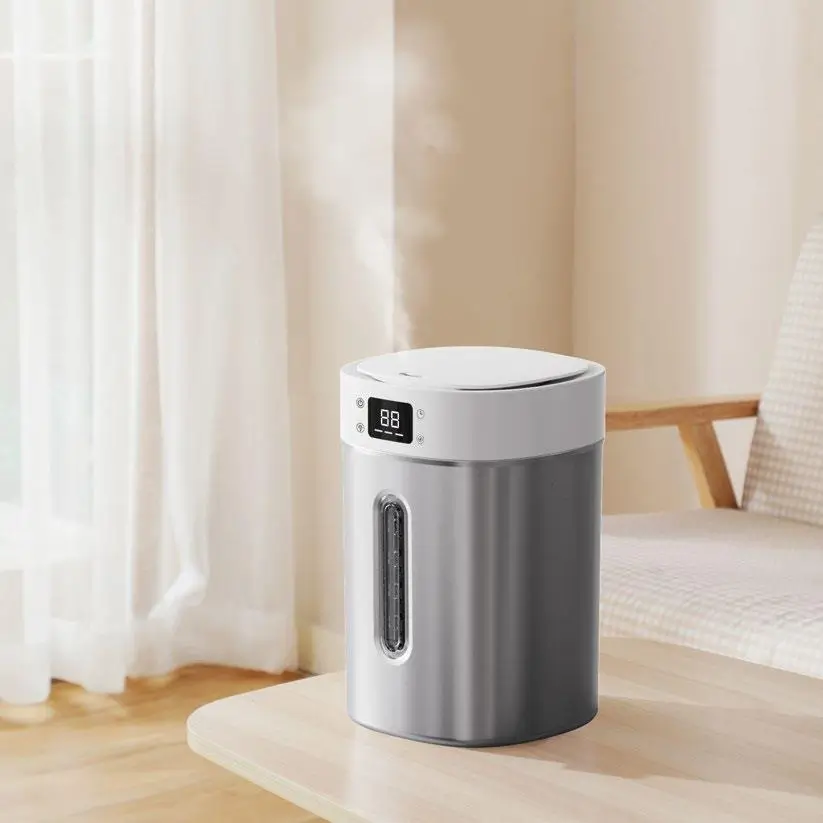
The Advantages of Stainless Steel Reservoirs
Stainless steel water tanks offer compelling benefits that address the limitations of plastic alternatives:
- Superior hygiene: Stainless steel's non-porous surface resists bacterial growth and is easier to clean thoroughly
- Chemical-free operation: High-quality stainless steel doesn't leach chemicals into water, even at varying temperatures
- Enhanced durability: Properly designed stainless steel tanks can withstand years of use without degradation
- Premium aesthetics: The sleek, modern appearance of stainless steel elevates the overall product design
- Improved heat resistance: For warm mist humidifiers, stainless steel handles temperature variations more effectively
| 기능 | Plastic Water Tanks | Stainless Steel Water Tanks |
|---|---|---|
| Bacterial Resistance | Low to moderate | 높음 |
| Chemical Leaching | Possible with some plastics | 없음 |
| 내구성 | 1-3 years typical | 5+ years typical |
| Cleaning Ease | Moderate (may stain) | High (maintains appearance) |
| 환경 영향 | Higher (difficult to recycle) | Lower (fully recyclable) |
| 비용 | Lower | 더 높음 |
| 무게 | Lighter | Heavier |
Consumer Perception and Market Positioning
The transition to stainless steel tanks aligns with broader consumer trends toward premium materials in household appliances. As seen in the water bottle industry, where stainless steel6 options have gained significant market share, consumers are increasingly willing to pay more for products perceived as healthier and more durable.
에서 HisoAir, we've observed growing demand for stainless steel components among our B2B clients targeting premium market segments. Brands focusing on health-conscious consumers and those positioning their products as high-end alternatives have been early adopters of this trend, using material quality as a key differentiator in their marketing.
Implementation Challenges and Solutions
While the benefits of stainless steel are clear, manufacturers face several challenges in implementation:
- 비용 고려 사항: Stainless steel components increase production costs, requiring careful value engineering to maintain competitive pricing
- Weight management: The additional weight requires design adjustments to ensure stability and ease of handling
- Manufacturing complexity: Working with stainless steel requires different production processes than plastic molding
Innovative manufacturers are addressing these challenges through hybrid designs that strategically use stainless steel for water-contact components while maintaining plastic for structural elements, achieving an optimal balance of benefits and cost-effectiveness.
The Future of Humidifier Materials
Looking ahead, we can expect the adoption of stainless steel water tanks to accelerate, initially in premium product lines and gradually expanding to mid-range offerings as production efficiencies improve. This trend will likely be accompanied by complementary material innovations, such as antimicrobial coatings and advanced composites, further enhancing the performance and safety of humidifier products.
For businesses in the humidifier industry, embracing this material transition represents an opportunity to create meaningful product differentiation and address growing consumer concerns about health and durability.
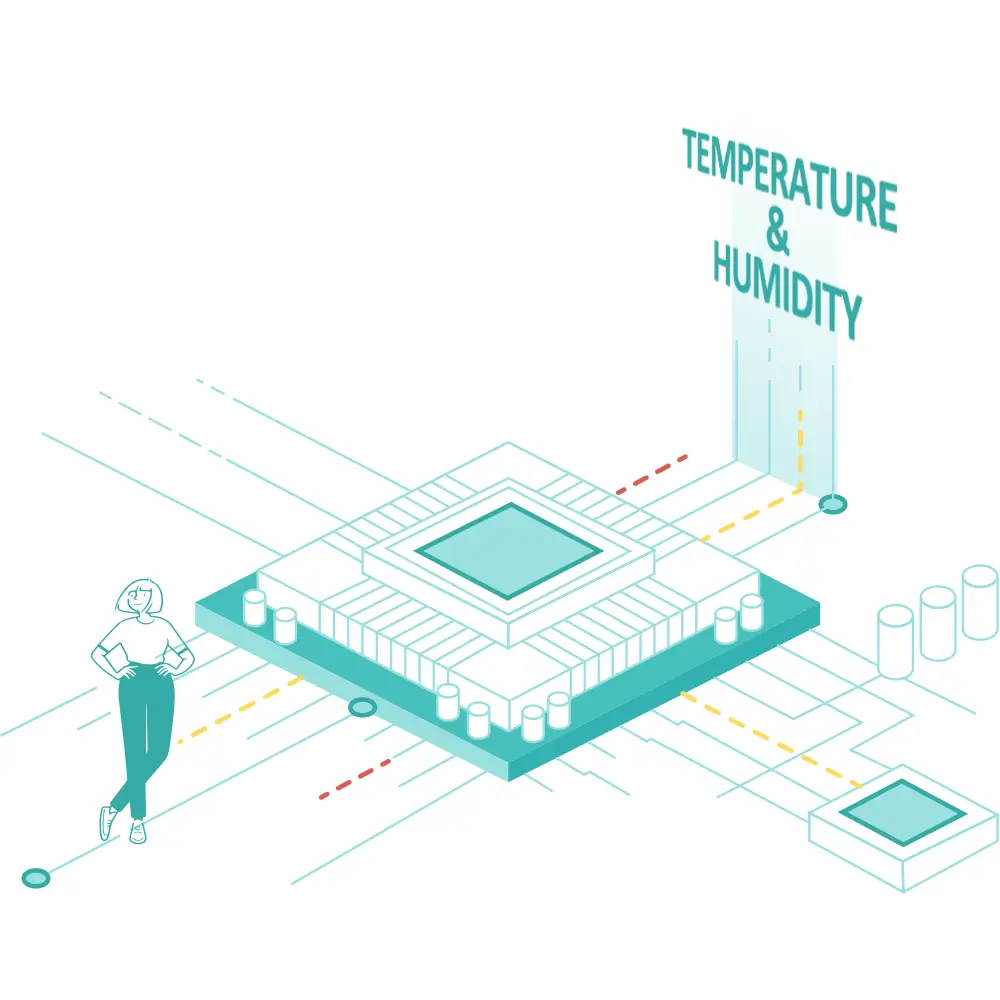
How Will IoT and Sensor Integration Transform the Humidifier Industry?
Have you considered how your humidifier could become an integral part of your smart home ecosystem? The integration of IoT 기술 and advanced sensors into humidifiers represents perhaps the most transformative trend on the horizon for indoor air quality products.
Smart humidifiers7 with IoT connectivity and integrated sensors are poised to revolutionize how we manage indoor humidity, creating more comfortable, healthier living environments while simplifying maintenance and operation. This technological evolution will fundamentally change consumer expectations for humidification devices.
The Limitations of Traditional Humidifiers
Conventional humidifiers operate as standalone devices with limited awareness of their environment. Users typically control them manually, adjusting settings based on personal comfort rather than objective humidity measurements. This approach presents several limitations:
- Inconsistent humidity levels: Manual adjustments often lead to periods of under or over-humidification
- Reactive rather than proactive operation: Traditional units respond only to direct user input, not changing environmental conditions
- Limited operational insights: Users have minimal visibility into water consumption, filter condition, or efficiency
- Isolated functionality: Conventional humidifiers don't communicate with other home systems or environmental controls
These limitations become increasingly apparent as consumers adopt smart home technologies in other areas of their lives, raising expectations for all household appliances.
The Smart Humidifier Revolution
다음의 통합 IoT capabilities and advanced sensor technology transforms humidifiers from simple appliances into intelligent environmental management systems:
- Real-time humidity monitoring: Precision sensors continuously measure ambient humidity, automatically adjusting output to maintain optimal levels
- Multi-parameter sensing: Advanced models track temperature, air quality, and even airborne particulates to provide comprehensive environmental management
- Smartphone control and monitoring: Mobile apps allow remote operation and provide insights into home environmental conditions
- Predictive maintenance: Smart systems alert users before problems occur, recommending filter changes or cleaning based on actual usage patterns
- Voice assistant compatibility: Integration with platforms like Amazon Alexa, Google Assistant, and Apple HomeKit enables convenient voice control
- Ecosystem integration: Communication with other smart home devices allows coordinated operation with HVAC systems, air purifiers, and ventilation
| 기능 | Traditional Humidifiers | IoT-Enabled Smart Humidifiers |
|---|---|---|
| Humidity Control | Manual adjustment | Automated, sensor-based regulation |
| Remote Operation | 없음 | Smartphone app and voice control |
| Usage Insights | 없음 | Detailed consumption and efficiency data |
| 유지 관리 알림 | Basic indicators | Predictive, usage-based notifications |
| Environmental Awareness | 없음 | Multi-parameter sensing |
| Integration Capabilities | Standalone operation | Works with other smart home systems |
The Business Impact of Smart Humidification
At HisoAir, we've observed rapidly growing demand for IoT-enabled8 humidifiers among our B2B clients, particularly those targeting tech-savvy consumers and premium market segments. This trend is reshaping product development priorities and creating new opportunities for differentiation.
Smart features command price premiums that help offset the intense price competition in standard humidifier categories. Brands that successfully implement IoT capabilities can establish stronger customer relationships through app interactions and gain valuable usage data that informs future product development.
Implementation Approaches and Considerations
Manufacturers are pursuing several approaches to smart humidifier development:
- Full integration: Building comprehensive IoT capabilities directly into premium devices
- Modular solutions: Creating add-on modules that bring smart features to standard models
- Ecosystem partnerships: Collaborating with established smart home platforms to ensure seamless integration
Key considerations for successful implementation include:
- User experience design: Ensuring app interfaces and controls are intuitive and valuable
- Data security: Implementing robust protection for user information and device access
- Reliability: Maintaining core humidification functions even if connectivity is interrupted
- Value-added features: Developing unique capabilities that go beyond basic remote control
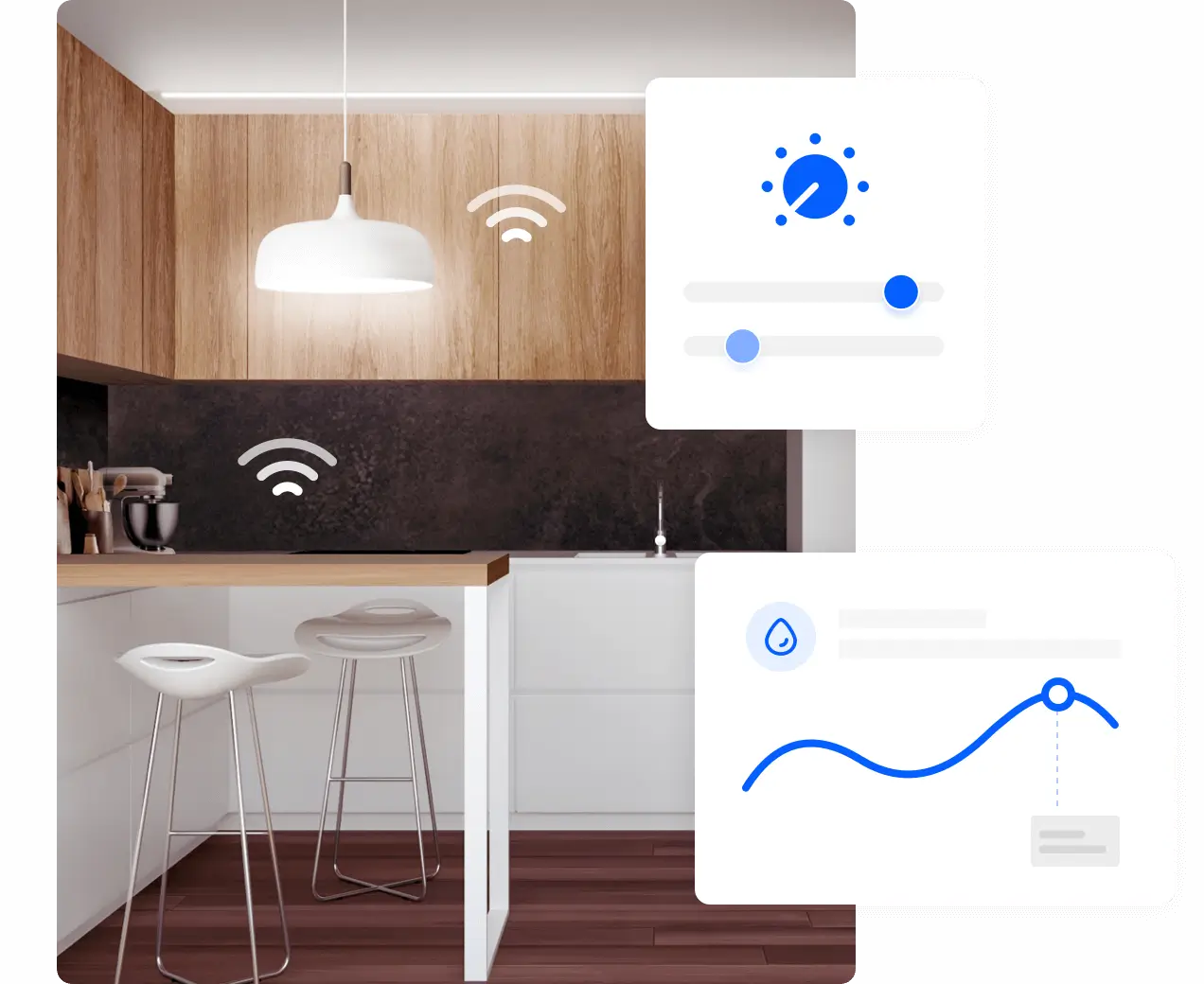
The Future of Connected Humidification
Looking ahead, we can expect IoT integration to become standard in mid-to-premium humidifiers, with increasingly sophisticated sensing and automation capabilities. Future developments will likely include:
- AI-powered operation: Machine learning algorithms that optimize humidity based on occupant preferences and patterns
- Health-focused features: Integration with health monitoring systems to adjust humidity based on individual wellness needs
- Enhanced interoperability: Deeper integration with whole-home environmental management systems
- Expanded sensing capabilities: Detection of specific airborne compounds and contaminants
For businesses in the humidifier industry, embracing IoT and sensor integration represents not just a product feature enhancement but a fundamental shift in how consumers interact with and value humidification technology.
Conclusion: Embracing the Future of Humidification Technology
As we look toward the future of humidifier products, it's clear that significant transformations are underway. The industry is moving beyond simple price competition toward meaningful innovation that addresses real consumer needs and concerns.
The three key trends we've explored—evaporative technology, stainless steel water tanks및 IoT integration—represent more than just feature enhancements. Together, they signal a fundamental shift in how humidifiers will be designed, manufactured, and used in the coming years.
For businesses operating in the humidifier space, whether as manufacturers, brands, or retailers, understanding and embracing these trends will be crucial for maintaining competitiveness and capturing premium market segments. Consumers are increasingly sophisticated in their understanding of indoor air quality and willing to invest in products that deliver genuine health benefits and convenience.
에서 HisoAir9, we're committed to staying at the forefront of these innovations, working closely with our partners to develop next-generation humidification solutions that incorporate these emerging technologies. Our manufacturing facilities across China, Vietnam, and Thailand are continuously adapting to support these advancements while maintaining the cost-effectiveness our clients depend on.
The future of humidification is not just about adding moisture to the air—it's about creating smarter, healthier indoor environments through thoughtful design and advanced technology. By embracing these trends, manufacturers and brands can differentiate their offerings in an increasingly competitive marketplace while delivering genuine value to consumers.
As indoor air quality continues to gain importance in consumer awareness, those who lead in innovation will find substantial opportunities for growth and brand development in the evolving humidifier market.
References
-
Learn about how humidifiers have become essential devices in millions of homes worldwide, with the US market showing consistent growth as consumers become increasingly aware of the health benefits of properly humidified air. The market is expected to reach $4.5 billion globally by 2026, with North America representing the largest share. ↩
-
Discover why evaporative humidifiers are gaining popularity over ultrasonic models. According to research by Levoit, evaporative technology eliminates the "white dust" problem associated with ultrasonic humidifiers and provides more natural humidity regulation. This shift is particularly notable among health-conscious consumers. ↩
-
Explore the limitations of ultrasonic humidifiers in detail. The Spruce reports that while ultrasonic models are quieter, they can disperse minerals from tap water as fine white dust throughout the home, potentially affecting air quality and creating cleaning challenges for users. ↩
-
Learn how consumer awareness about indoor air quality is driving market shifts. Bob Vila's comprehensive guide highlights that evaporative humidifiers are self-regulating and less likely to over-humidify spaces, making them increasingly preferred for health-conscious households despite their slightly higher noise levels. ↩
-
Understand why stainless steel water tanks represent the future of humidifier design. Non-Toxic Dad explains that stainless steel is non-toxic, does not leach harmful chemicals, and naturally resists bacterial growth, making it an ideal material for water-containing appliances that impact indoor air quality. ↩
-
Discover how consumer preferences are shifting toward premium materials in household appliances. Market research shows that consumers are increasingly willing to pay 30-40% more for products with stainless steel components, perceiving them as healthier, more durable, and offering better long-term value despite the higher initial cost. ↩
-
Explore how IoT technology is revolutionizing humidifier functionality. According to PCMag's analysis of smart home devices, connected humidifiers with environmental sensing capabilities can maintain optimal humidity levels automatically, potentially reducing energy consumption by 15-20% compared to manually controlled units. ↩
-
Learn about the business impact of smart humidification technology. Research from Cogniteq reveals that IoT-enabled humidifiers command price premiums of 40-60% over traditional models, creating new opportunities for manufacturers to differentiate their products in an otherwise commoditized market. ↩
-
Discover how manufacturing facilities are adapting to support advanced humidifier technologies. HisoAir's strategic manufacturing presence across China, Vietnam, and Thailand enables the company to implement cutting-edge production techniques while navigating global supply chain challenges and maintaining competitive pricing for clients. ↩


